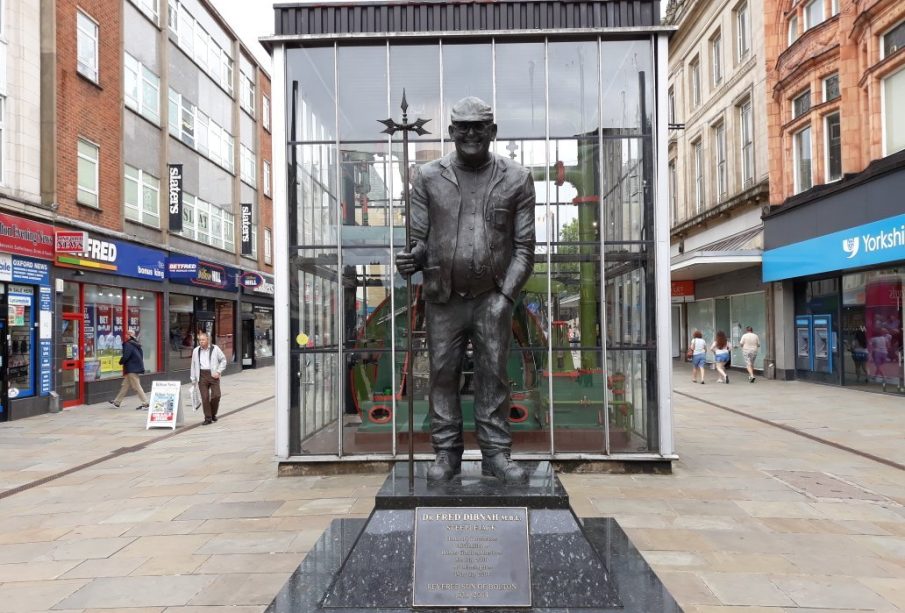The Legacy of Fred Dibnah: Celebrated Steeplejack and Showman

Introduction
Fred Dibnah, a name synonymous with British engineering and nostalgia, has carved a niche in the hearts of many through his remarkable television documentaries and mastery as a steeplejack. Born in Bolton, England, in 1938, Dibnah’s unique combination of skills and charisma not only celebrated the once-cherished trade of steeplejacking but also sparked a renewed interest in Britain’s industrial heritage. His legacy continues to resonate with audiences, reminding us of the importance of craftsmanship and the history that surrounds Britain’s architectural marvels.
Career Highlights
Dibnah began his professional life as a steeplejack in the 1960s, a trade that involved climbing high on buildings, often to maintain or repair church steeples and chimneys. His fearless ascent to dizzying heights quickly garnered him a reputation in the industry, but it was his transition to television stardom that truly elevated his profile. The BBC launched “Fred Dibnah’s Building of Britain” in 1997, a documentary series that showcased some of the nation’s most impressive structures, from cathedrals to bridges. His charm and passion captivated several generations of viewers and brought historical engineering to life.
Innovative Contributions
Throughout his career, Dibnah became renowned not just for his steeplejack services but also for his deep appreciation of steam engines, which he brilliantly incorporated into his work. He took on several restoration projects, showcasing vintage steam engines that reflected Britain’s engineering prowess. His demonstrations of these majestic machines further highlighted the beauty and complexity of Britain’s industrial past, making them accessible and engaging for the public.
Enduring Influence
Fred Dibnah passed away in 2004, yet his influence persists in modern discussions around engineering and historical preservation. His documentaries are regularly rebroadcast on various television platforms and continue to inspire new generations of craftsmen and enthusiasts of industrial heritage. In recent years, various tribute events and exhibitions have arisen, drawing attention to his contributions and reminding people of the skills and innovations that defined an era.
Conclusion
The legacy of Fred Dibnah is a mirror reflecting a transformative time in Britain’s history, capturing the essence of industrial progress and traditional craftsmanship. His work ignited a passion for restoration and heritage that speaks volumes today. As urban landscapes evolve, Dibnah’s story serves as a reminder of the importance of preserving history and honouring those who skilfully maintain the structures that define our communities. In celebrating Fred Dibnah, we not only honour an iconic figure of British engineering but also encourage future generations to continue exploring and appreciating the skills of our industrial past.









